Peppers are a great summer crop. They might even be second on the list following tomatoes. They come in different colors, tastes, and sizes. Growing them in central Texas can be tricky for beginners. As a home gardener and a roasted pepper lover, I have been dreaming of a bountiful harvest for years. After eight years worth of trials, I am confident to share the tips and tricks I learned along the way. The last two years were very successful. I was able to eat, freeze, and pickle plenty of peppers from a 24 square foot growing space.
Disclaimer: This post may contain affiliate links. Check out our full disclaimer here.
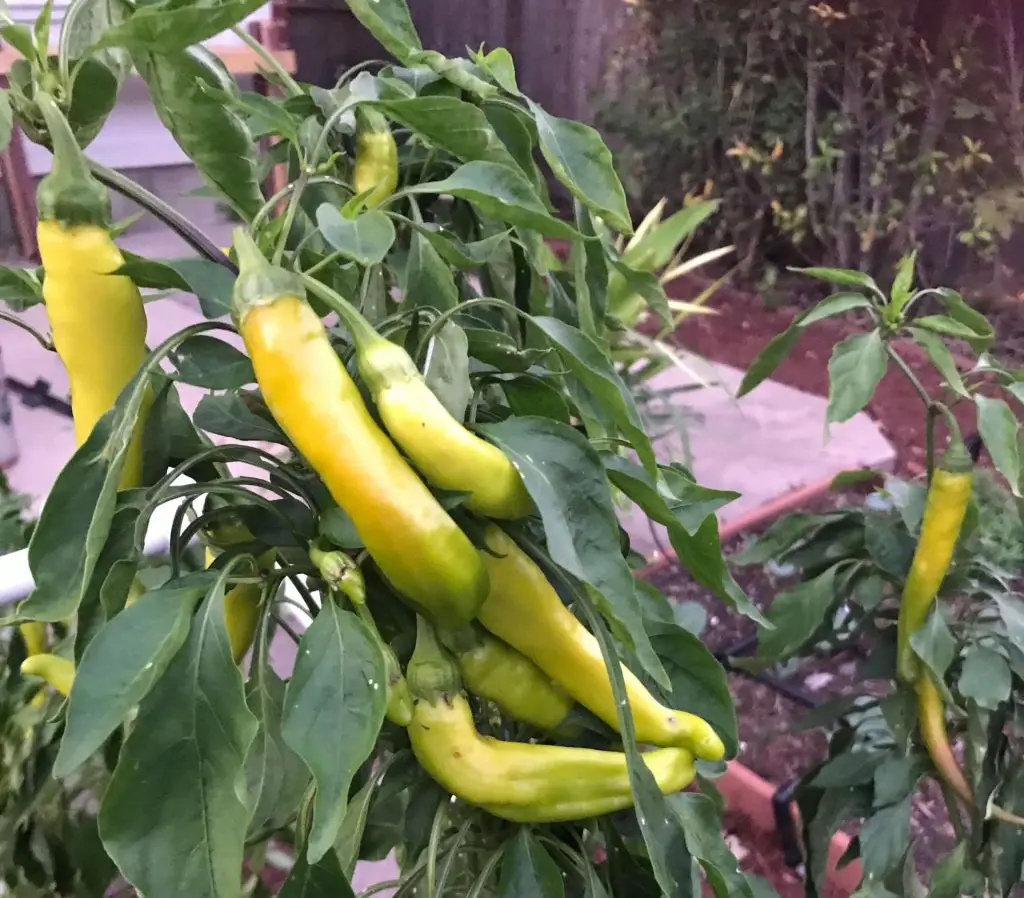
Choosing the right pepper variety
Heat is the biggest problem for central Texas gardens. Most flowering vegetables stop setting fruit when temperatures reach the high 95s. Choosing the right pepper ensures a good yield. There are two main criteria to consider before when choosing peppers:
- Heat tolerance: Varieties with tolerance to high temperatures have a better yield.
- Shorter maturity time: This is the time from transplanting to production. Varieties with shorter times have a better chance to skip the dog days of summer.
Pepper varieties for central Texas
- Banana pepper. ( hot or sweet)
- Shishito peppers. (mild)
- Jimmy Nardello. (sweet)
- Big Bertha. (swee)
- Turkish saber pepper. (sweet)
- Jalapeno. (hot)
- Ajvarski. (sweet)
- Chocolate peppers. (sweet)
Growing peppers from seed
When starting pepper seeds, remember to count the days it takes for germination. So, if the packet calls for three weeks before the last fros date, you should add the 20 days.
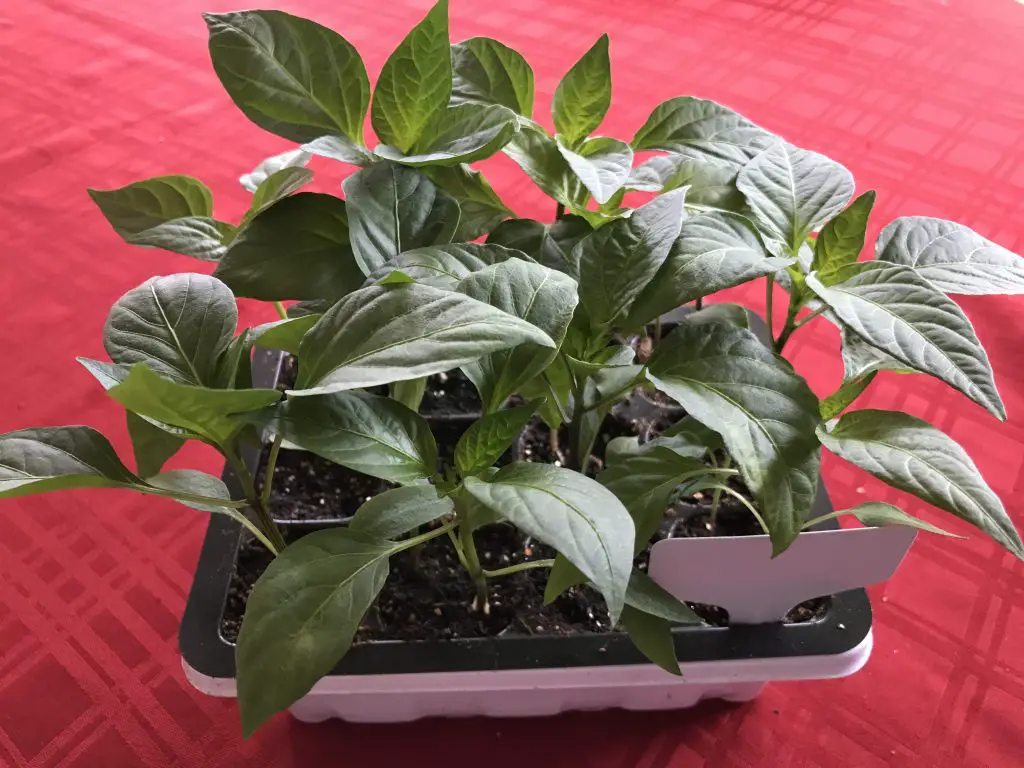
When to start pepper seeds?
The average frost date for central Texas is February 21st. Counting three weeks prior falls into the first week of February. Then subtract the 20 days to germination. The final date would be around the 10th of January.
Note that the frost dates given on the calendars are an estimate. With climate change, winters are getting warmer and late freezes are more likely.
The rule of thumb is to start your peppers during the winter break. Keep them indoors and maintain them until all threat of frost is gone for that year.
How to start pepper seeds?
- Fill up seed-starting cells with premoistened seed starting mix.
- Indent two to three holes, using a tip of a pencil. Each hole should be twice the size of the seed in depth.
- Place a seed in each hole and cover it with soil.
- Water with a gentle stream to prevent the seeds from washing away.
- Place the cells under a grow light.
- You may place a heat mat underneath the cells to speed up germination.
- Germination takes from 12 days to 20 days.
- Keep the soil moist but not soggy.
- Once the first set of true leaves appears, feed with a low concentration seaweed solution.
- Once you notice the roots coming out from the drainage holes, pot them up.
For a thorough step-by-step explanation, follow this link to my detailed post on how to start seeds.
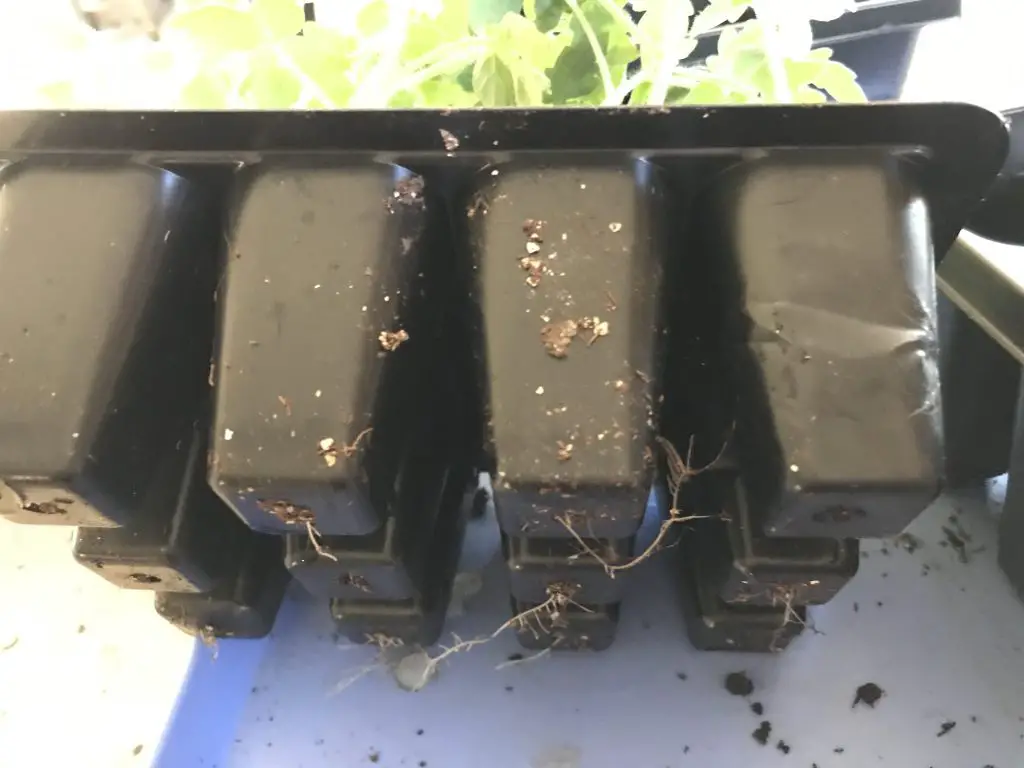
When to plant the pepper seedlings outside?
Planting pepper plants will depend on the frost date for that year. Central Texas’ estimated frost date is February 21st, but that changes every year due to climate change. It is best to plant peppers after all danger of frost is gone. Keep a frost cloth handy to protect them from any sudden frost.
What is the best soil to grow peppers?
Pepper plants prefer well-draining soil with a lot of organic matter. Central Texas soil differs from an area to another. It is best to use raised garden beds filled with good quality soil to skip dealing with native soil.
How to plant peppers?
When transplanting peppers, try to handle them as little as possible. Their roots do not tolerate excessive manipulation.
- Prepare the planting hole before removing the plant from its pot. Make the hole the same size as the root ball or slightly bigger.
- You may add some slow-release dry fertilizer to the hole.
- Place the plant in the hole with the top of the root ball at the soil level. Then backfill with soil, making sure to cover the roots well.
- Press the soil around the plant to remove any air pockets.
- Water deeply.
- Stake the plants as soon as possible. They will need the extra support as they get taller and heavier with fruits.
Do peppers make roots along the lower stem?
Some plants do grow roots on the stem. These roots are called adventitious or initial roots. They often appear when the plant is undergoing stressful conditions. It is a defensive response to keep the plant alive.
Pepper plants may grow roots at the bottom of the stem. Usually, that occurs when the seedlings are close to one another in a humid environment.
Fortunately, these adventitious roots do not present any harm to the plant. Cover them with soil at transplanting time, and they will dig deeper and become part of the root system.
Spacing pepper plants
For a home garden, the square foot gardening chart by Mel Bartholomew is a great guide. This technique implements efficient spacing for higher production. It recommends planting one plant per square foot, resulting in 16 plants in a 4′ by 4′ raised bed.
In my garden, I apply a slightly different spacing method. I divide the 4′ by 4′ raised bed into nine equal sections. Each section measures 16 sqft. I plant one plant in the center of each square. Then, I add another one in the intersections. In all, I have 13 plants in the 16 sqft bed. (Check the diagram below)

Is it necessary to top the pepper plants?
Topping a plant is the process of cutting the top growth. The idea is to promote more side shoots and strengthen the main stem. Many gardeners swear by topping their pepper plants.
Central Texas gardeners race against the heat of summer, which hinders their yield. Topping peppers forces them to focus on side growth than flowering. To our disadvantage, this means a delay in production.
Yet, there is a situation where topping plants comes in handy. Sometimes planting is delayed, and the seedlings begin to flower. In this case, topping them is a good idea. The plants will continue sending energy to promote better growth.
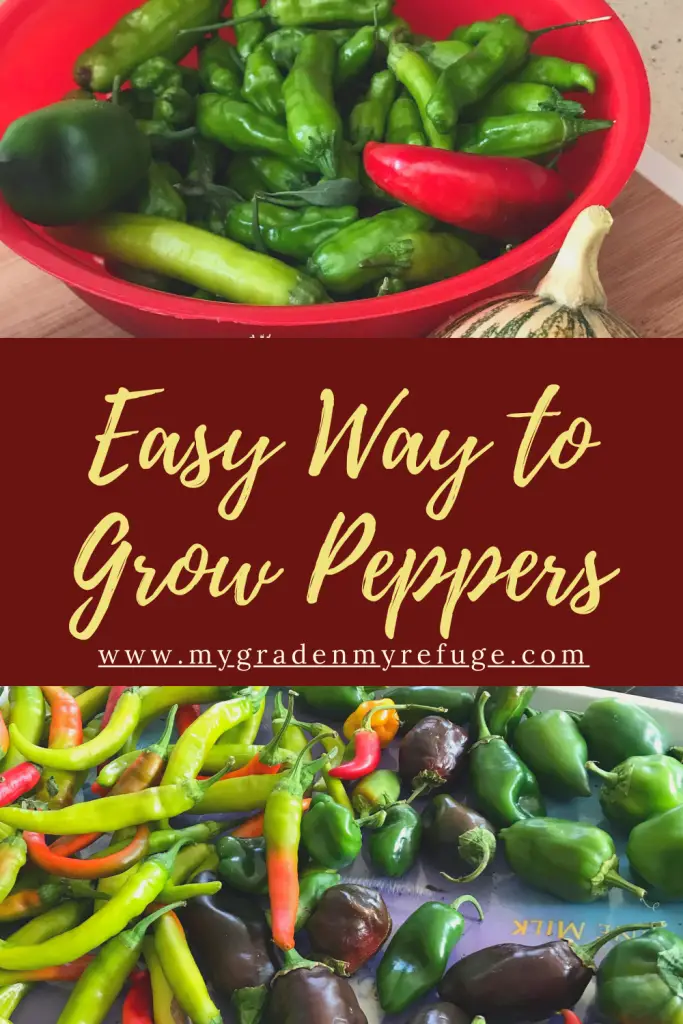
How much sun do peppers need?
Most flowering plants, including peppers, need a full day of sun to produce well. Yet, in hot climates, a long day of direct sunlight can exhaust the plants. Thus, providing some afternoon shade is much appreciated. It helps slow down transpiration, giving the plants a chance to rest.
There are two ways to provide shade to peppers. First, plant them on the east side of a structure like a house or a tree. They will get all morning sun then some shade in the afternoon.
Second, use a commercial shade cloth to tent over them. But, avoid the high-density one. It imitates deep shade, which is not what you want for your peppers.
Fertilize pepper plants
At planting, add a dry slow-release fertilizer in the planting hole. It will provide an initial reserve of nutrients to the young plant.
During the growing season, regular feeding keeps the plant strong and happy. There are three ways of feeding.
- Watering: Add a water-soluble fertilizer to the watering can according to the label. Then water the plants with it every two weeks.
- Side dressing: Midway through the growing season, side-dress the plants. Sprinkle a dry slow-release fertilizer around the plant’s base, but not too close to the stem. It will dissolve when you water, feeding the plant.
- Foliar feeding: Fill a spray bottle with a water-soluble fertilizer. Follow the directions on the label for exact measurements. Then spray the leaves thoroughly. One should note, however, that leaves are not the main entry for nutrients. Their pores are too small to transport a sustainable amount of minerals. It is best to use it when the plant is under stress.

When to harvest peppers?
Peppers’ maturity time differs from a variety to another. The bigger the size, the longer the time it takes to mature. It also depends on personal preferences. People who like peppers to reach their most color have to wait longer.
Problems when growing peppers
Why my pepper leaves are wrinkles and deformed?
- Wrinkled leaves: Wrinkled or deformed pepper leaves are a sign of stress, and it is a common occurrence. It is most noticeable in early spring, where temperatures at night are much cooler than in the day. This drastic difference stresses the plants, hence the deformity. Luckily, it resolves itself once the temperature stabilizes.
- Aphids: These are little insects that come in green, black, or white color. They often congregate on the tender growth to feed on the sap. If not controlled, they can become an infestation. The best way to deal with them is by dislodging them with a strong jet of water. Several times of washing a week will keep them at bay.
- Pepper wilt: This is a fungal disease caused by humid and warm conditions. It can occur overnight, which makes it impossible to treat. Good cultivation practices, like crop rotation, are the best prevention.
- Scalding: It is the burning of parts of the fruit that is exposed directly to the sun. Providing some shade is the way to prevent it.
Growing peppers in containers
Container Gardening in Central Texas is a tough one. Pots dry out fast, and keeping the plants well-watered is a challenge in summer.
Nevertheless, peppers do well in pots. A three-gallon pot is enough for one plant. Use good quality potting soil that drains well and holds enough moisture between watering. Also, regular feeding is crucial to maintain the supply of nutrients.
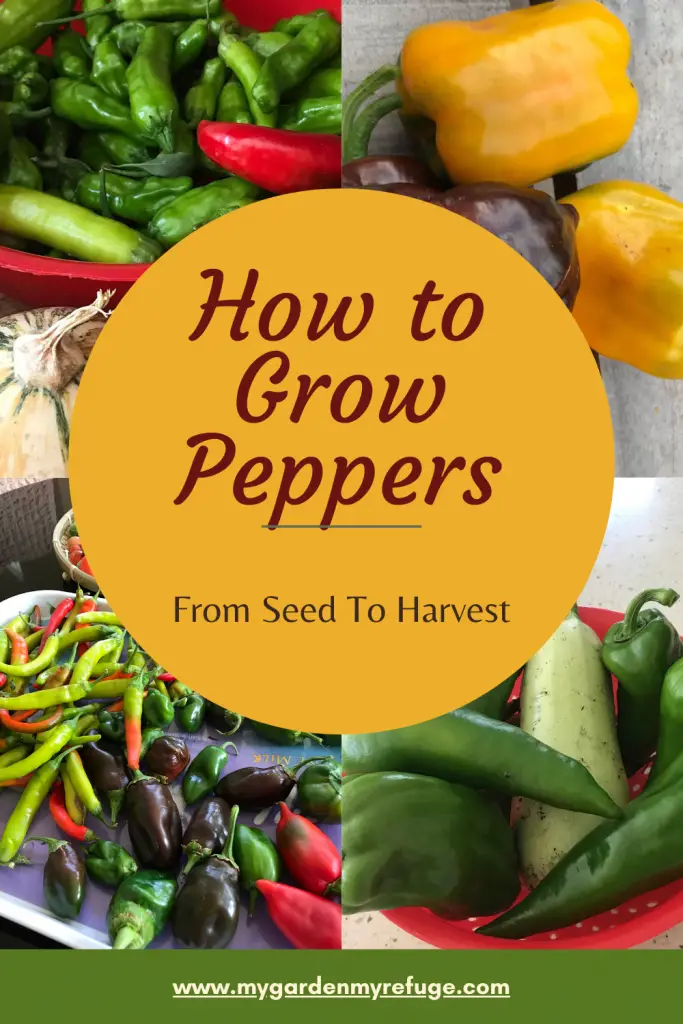
Growing peppers through winter or overwintering
Peppers continue flowering and producing until killed by frost. After a long productive season, some gardeners find it hard to get rid of the plants when winter arrives. In this case, they might think of overwintering them.
Overwintering a potted pepper is much easier. Since there is no uprooting involved, the plants wouldn’t undergo significant shock.
To overwinter pepper plants:
- Cut it back by a third. You should leave a few nodules for future growth.
- If in the ground, carefully uproot it using a garden fork. Then place in a pot, and fill the gaps with potting soil.
- Place the plant in a protected area.
- Water regularly to keep the roots alive.
- Avoid feeding the plant. It will stay dormant until spring.
In regions with mild winters, it is possible to keep the inground-peppers in place. Cut them back by a third, then cover the exposed stem with soil for protection. When spring arrives, pull the extra soil back and start feeding to awaken the plant.
In the Kitchen
Peppers are present in many cuisines around the world. People love them spicy hot as well as mild and sweet. In my kitchen, my kids prefer them sweet and raw. They make a great crunchy snack with hummus or a ranch dip. Otherwise, we do have some favorite pepper dishes.
- Stuffed Peppers
- Chicken Peppers Fajitas
- Chicken & Pepper Ragout
- Grilled Peppers Salad
- Potato and Peppers Tajine
- Quick Pickled Peppers
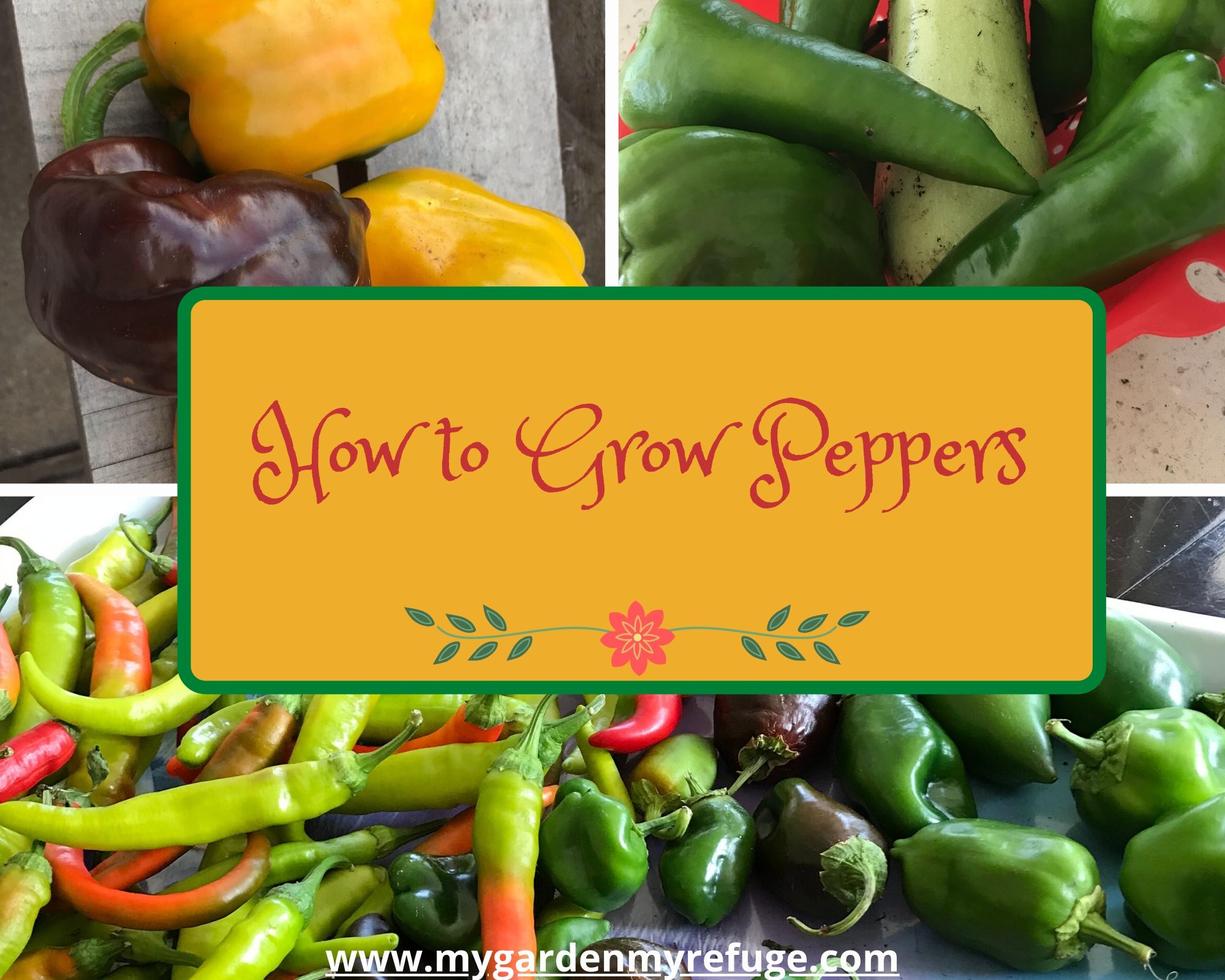
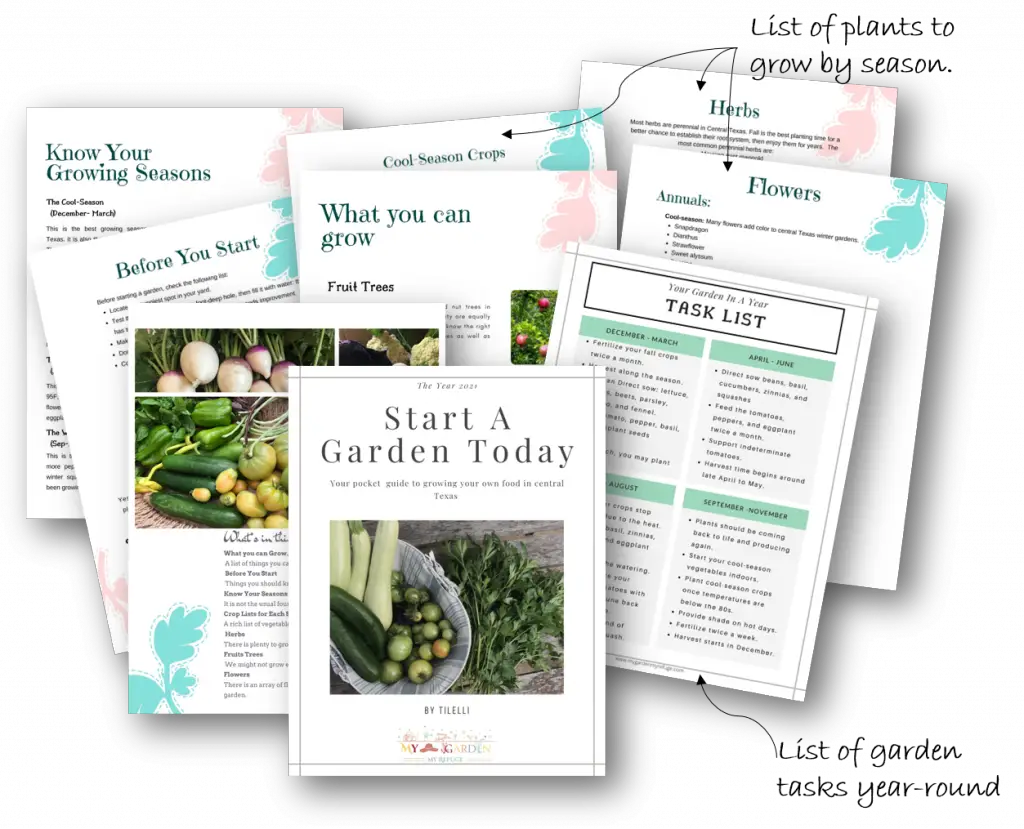
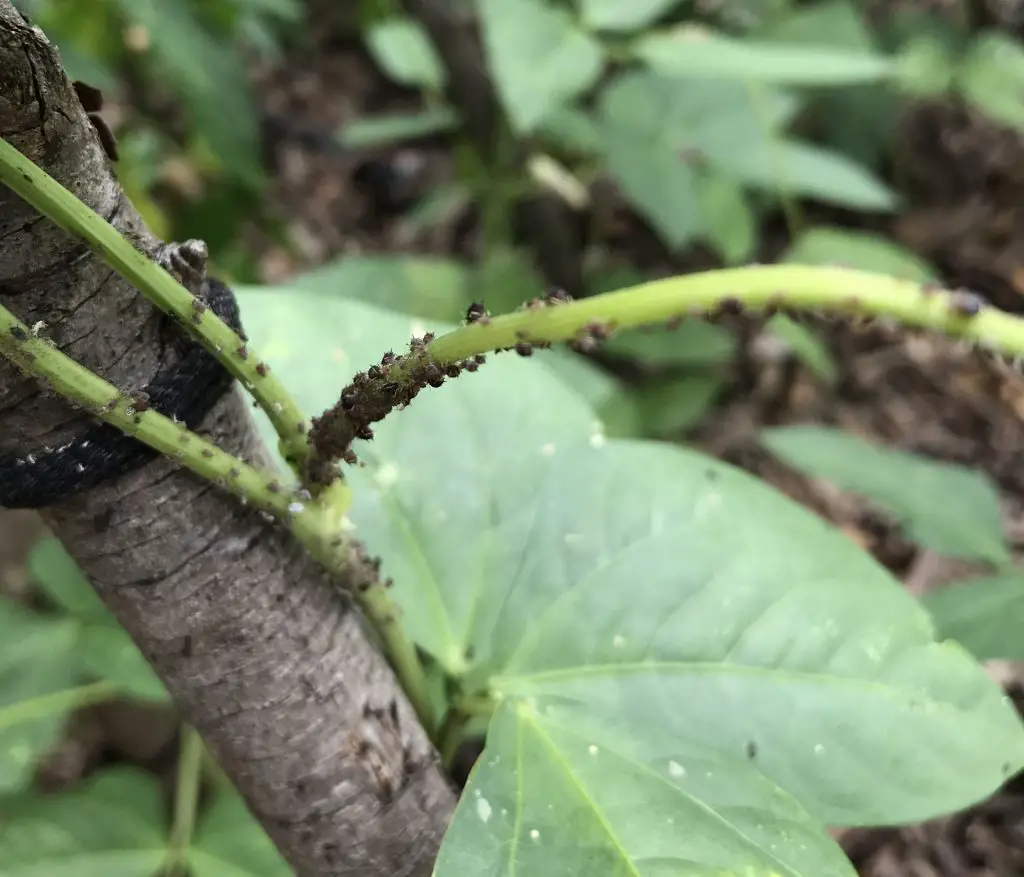


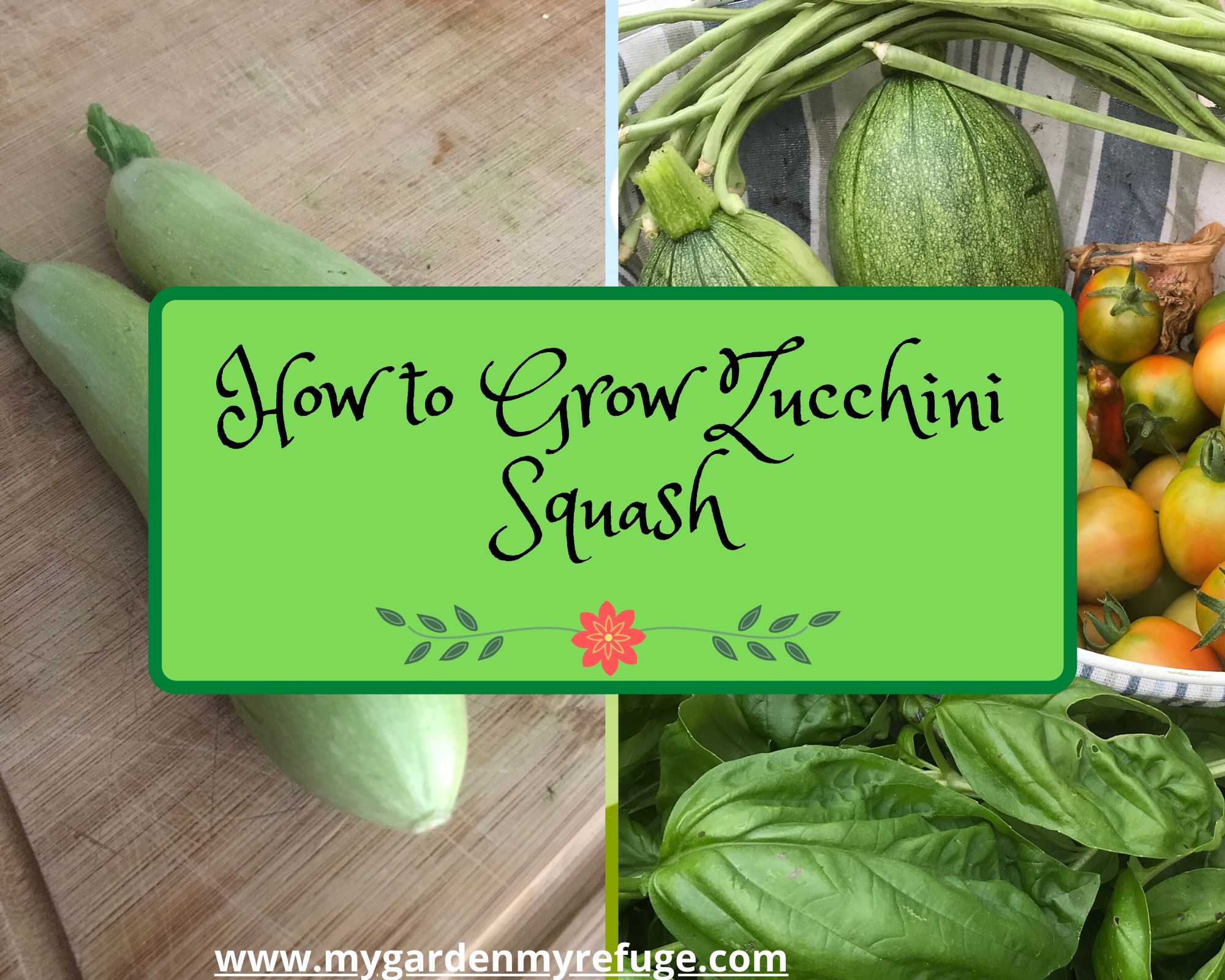
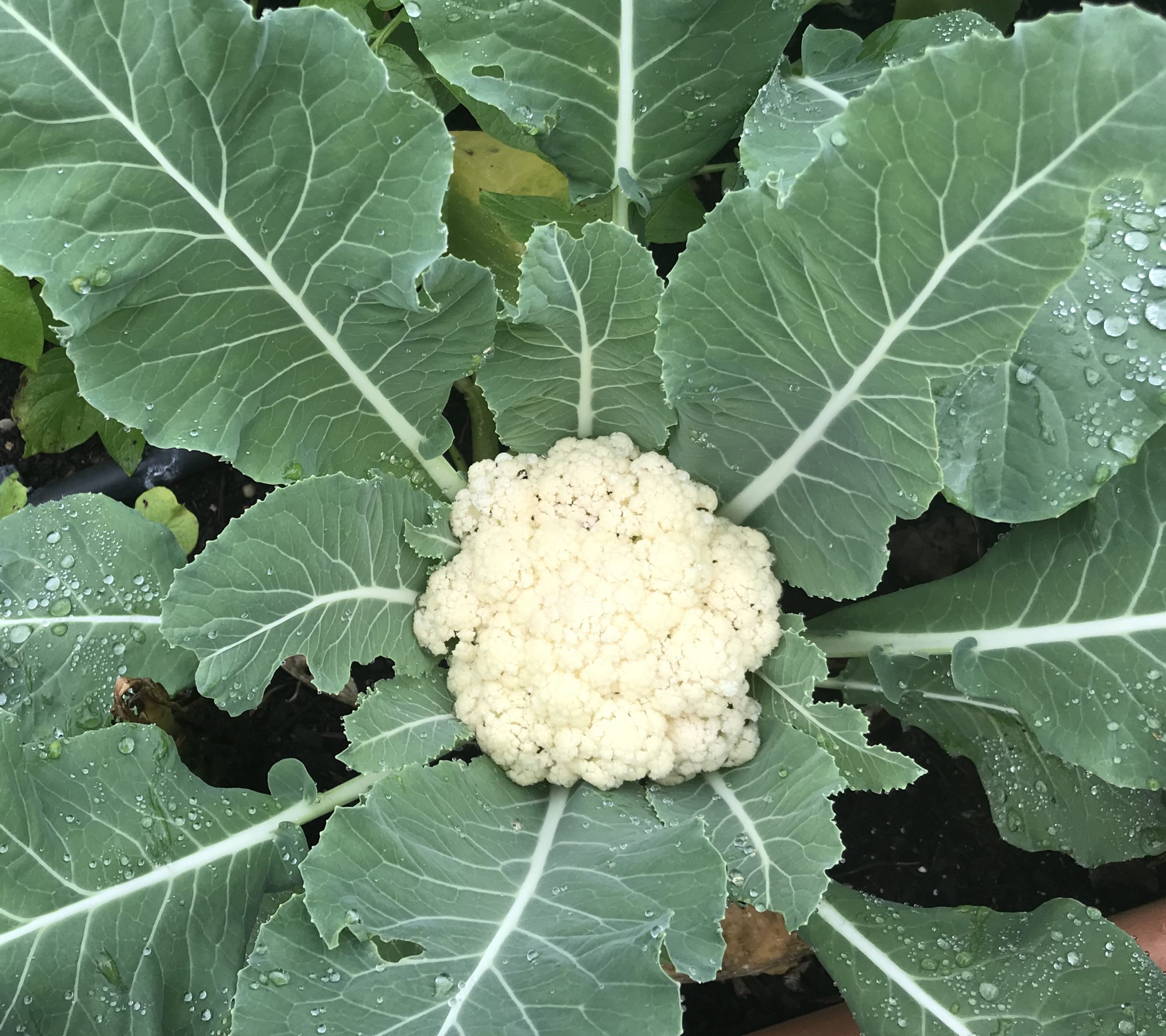
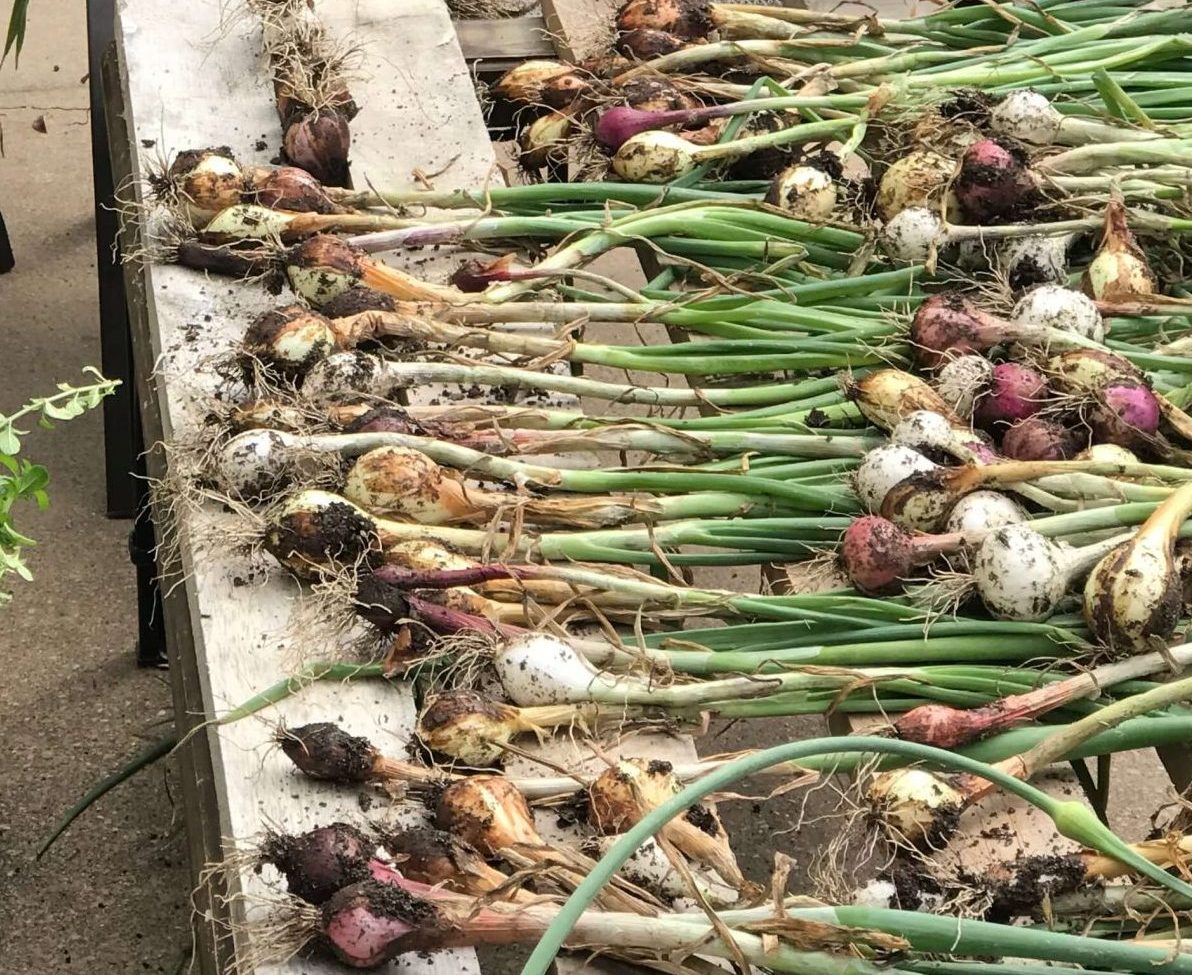
I’d like to thank you for the efforts you’ve put in penning this site. I’m hoping to see the same high-grade content by you later on as well. In fact, your creative writing abilities has motivated me to get my own blog now 😉
Thank you and good luck.
Hi! I’m wondering if I should pull out my shishito pepper plant to make a room for a fall gardening. They have stopped producing in the summer & they only have a few small fruits.
Hello Aya,
You have a few options here:
1- keep them in the ground: once the cold weather is here, cut off the top of the plant. Leave only a few inches of the stem. Either cover it with mulch or protective cover. Next Spring, uncover and let the plant come back to life. This option is good if you have enough space for fall planting otherwise…
2- Cut the top off just like in the previous option, then dig it out keeping as much of the root ball unharmed. Shake the soil off of the roots and replant it in a pot filled with fresh soil. Keep the plant protected in the garage. Water as needed to keep the roots alive. Next season plant it out or keep it in the pot.
3- The last option, and the one I follow. If you enjoy starting seeds, just get rid of the plants and start new ones eight to ten weeks before your last frost date. I am in Central Texas so I start mine in the winter break.
Hope this helps
Thank you for passing by.